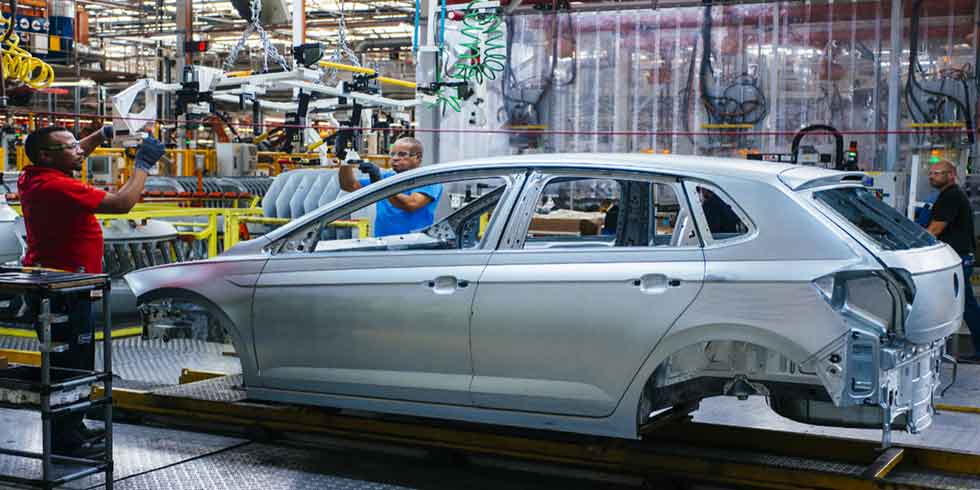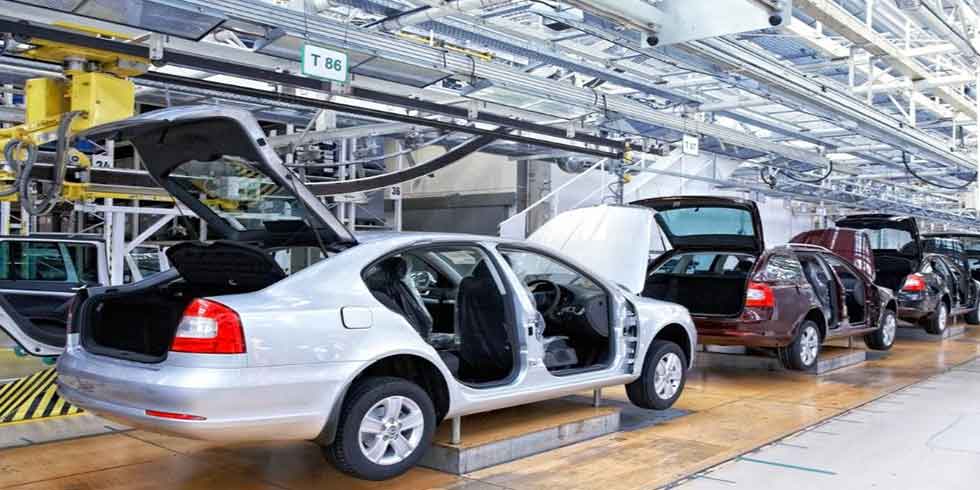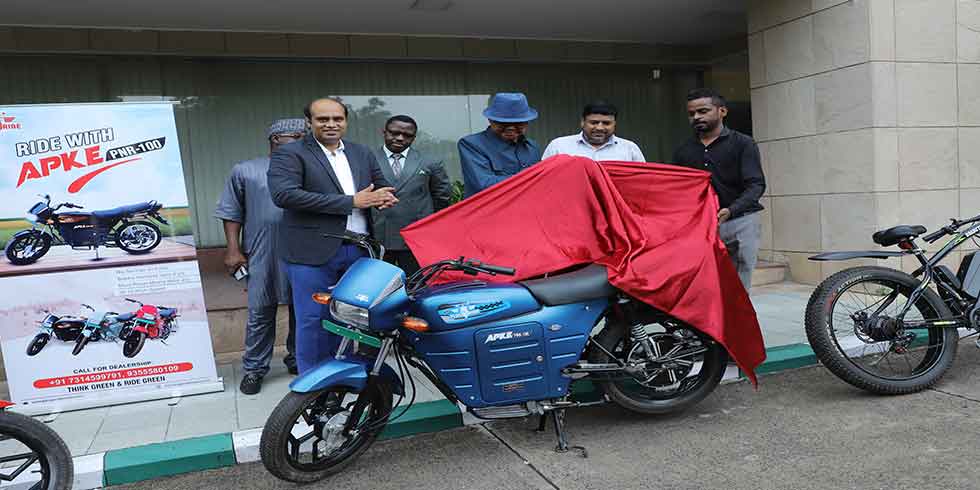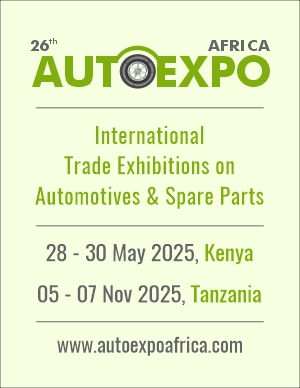India's domestic market and its growth potential have been a big attraction for many global automakers. Now, several auto manufacturers are moving operations to India with an export focus as well.
According to a report by Standard Chartered Bank, Hyundai plans to source engines for its global operations from India, Ford plans to make India its manufacturing hub for engines for the Asia-Pacific region and Africa, and Volkswagen plans to increase sourcing from India to 70 per cent of total global sourcing.
Toyota and Suzuki are also increasingly using India as a sourcing hub for global requirements, the report adds.
By 2020, India is likely to overtake Thailand in global auto-export market share, the report estimates. Currently, auto exports from Thailand at $24 billion are double that of India's $12 billion.
The push comes even as homegrown domestic majors such as Bajaj Auto create new benchmarks in two-wheeler exports. Bajaj Auto accounts for over 60 per cent of India's two-wheeler exports.
India is the world's third largest exporter of two-wheelers after China and Japan and analysts expect Indian companies to gain market share in Africa and Latin America from their Chinese counterparts, , which are struggling with rising labour costs and quality issues.
The Narendra Modi government's push on building up the manufacturing sector is also likely to benefit the country's auto industry.
"The new government's focus on building up the manufacturing sector, productivity is likely to increase as well," says Radhika Kak of Standard Chartered Bank says.
According to Standard Chartered, global companies' interest in India is being driven by
1) Desire to capture the domestic market: India sold 2.7 million cars in 2012-13 (as compared to over 20 million sold of China), but it has the highest growth potential among big car markets. Car penetration in India is estimated to be as low as 15 cars per 1000 people as against China's average of 60 per 1000.
The domestic passenger car industry in India has been struggling with flat sales for the last three years, but volumes are expected to rise between 5 and 10 per cent this fiscal year, according to the Society of Indian Automobile Manufacturers.
India is the world's second biggest motorcycle market after China, which has attracted big global corporates such as Honda. In the future, Honda may use India as a regional hub for the production of two-wheelers, the report notes.
2) Lower transit time from India: Europe is India's biggest export destination as far as small cars are concerned. The transit time for ocean freight to Europe is 22 days from Mumbai versus 28 days from Bangkok and 26 days from Jakarta.
3) India's relative advantage in design and engineering, and manufacturing skills over ASEAN countries is another reason for the shift, the report notes.
In 2006, the Indian auto industry had set an ambitious target to take its annual turnover to $145 billion by 2016 with special emphasis on export of small cars, MUVs, two- and three-wheelers and auto components. However, the slowdown in both global and domestic automotive market in the last couple of years had led SIAM to announce last year that it would miss the annual turnover target by $34 billion.
But the next few years could prove to be exciting as big global companies set up their base in the country. India could become the biggest automobile hub in South Asia and ASEAN region and may even challenge China's supremacy.
India to Overtake Thailand as Global Auto Hub by 2020: Report









Add Comment